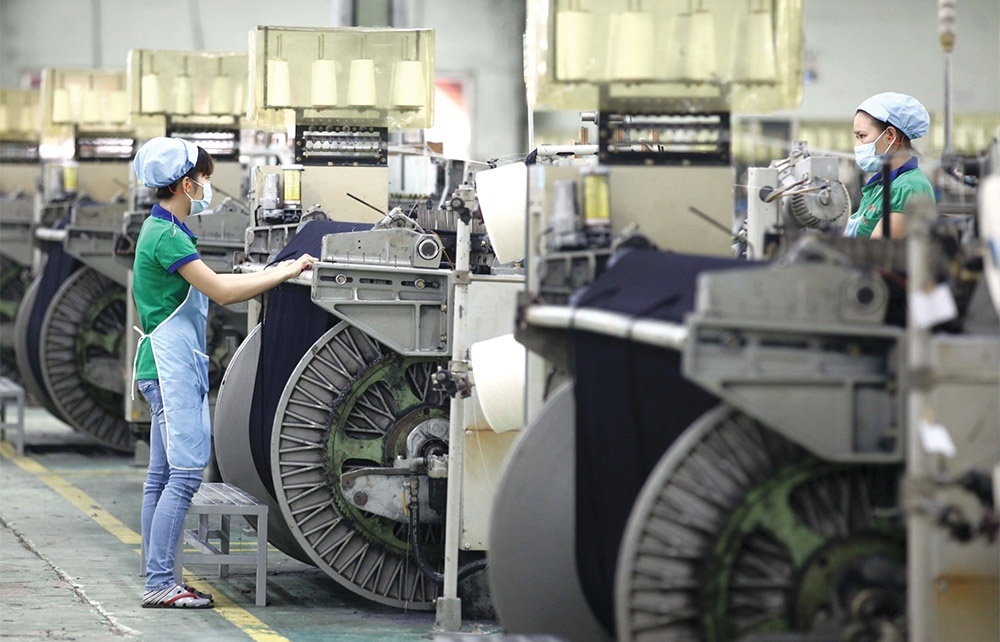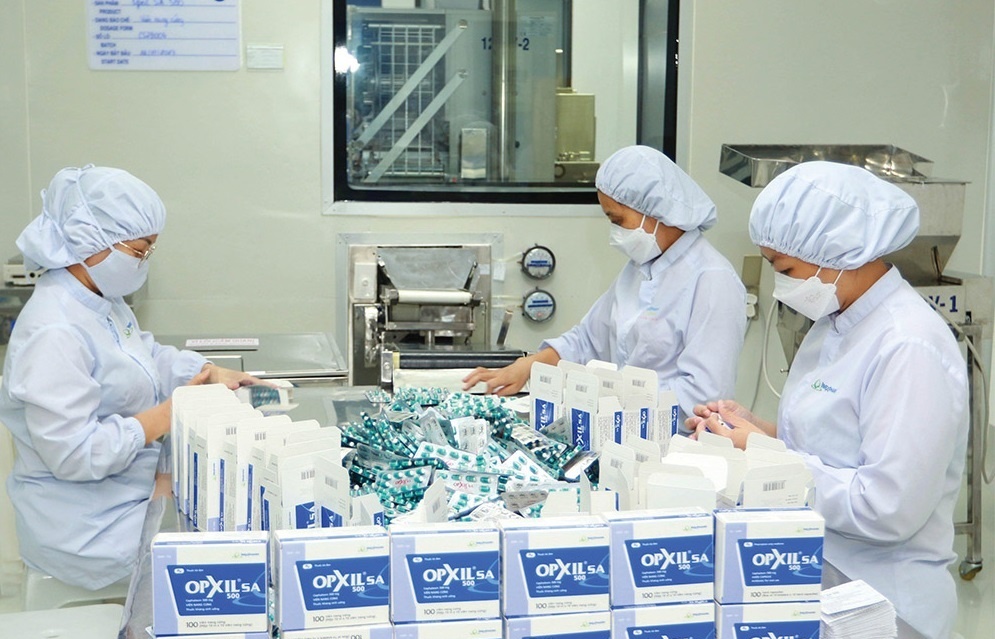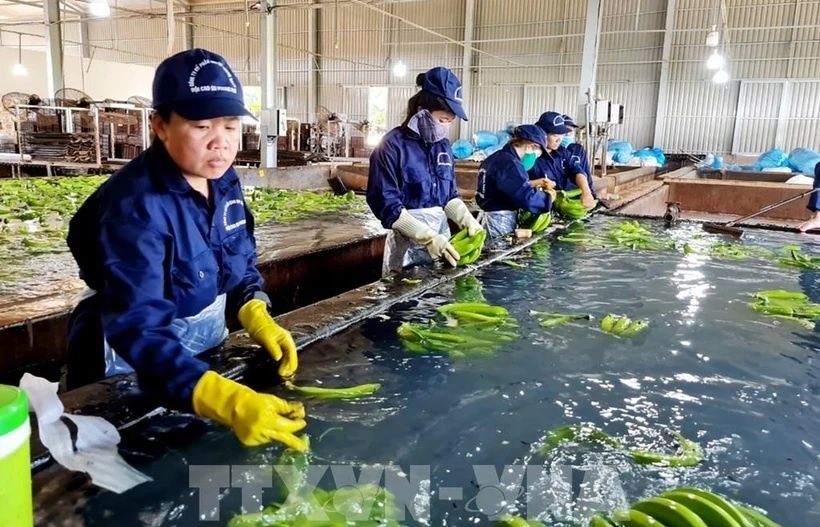Lending strategies playing part in CASA fluctuations
What is your assessment of the current account saving account (CASA) ratio in the banking industry in the first quarter?
 |
| Le Hoai An - banking consultant |
The ratio has experienced significant fluctuations in recent quarters. After a continuous decline in 2022, it rebounded rapidly in 2023. However, this trend has been unstable as the ratio declined sharply in Q1 after growing steadily in the previous quarter. The banking industry’s CASA ratio reached 20.08 per cent in Q1, down 1 per cent from the end of the previous year, but still higher than the range of 15-17 per cent in 2015-2020. In addition, with the current low deposit interest rates, deposits and savings rose slowly.
The main causes of fluctuations are typically due to changes in customer deposit behaviour or the increase in digital transformation and payment utilities of banks to attract deposits. However, it is not the case with the current CASA fluctuations. The actual factor is credit growth and lending strategies of banks, especially those specialising in lending to businesses.
Can you explain the relationship between banks’ credit growth strategies and the CASA ratio?
By segmenting the 27 listed banks into four groups based on the size of these banks and the loan customer sector, we can assess and gain deeper insights into the changes in ratios. Only by analysing the growth drivers and identifying which group is driving the industry’s CASA, we can assess whether fluctuations have an impact on system risk, which in turn affects the banking industry’s outlook.
Amid the industry’s CASA ratio, there was a differentiation in the extent of changes among bank groups. The bank group specialising in corporate lending is the one that reflects a significant change, with an estimated decrease of about 1.5 per cent in Q1.
While this bank group also had with the highest ratio increase in the previous quarter. Typically, we would explain the increase and decrease in CASA through the bank’s payment utilities offerings that draw in more customers, but this would not adequately explain why the ratio declined in Q1 and why the corporate lending bank group would be the most sensitive and saw such a big change.
Looking from the perspective of the relationship between credit growth and CASA, we can see the characteristics of the system’s credit flow. When a disbursement used to pay for the providers is also in the initial banking system, it continues to circulate within the system and exists as current account deposits.
It is also for this reason that with year-to-date credit growth of 23.26 per cent up to Q4/2023, banks with a corporate customer network have the highest growth in the CASA ratio in the system, mainly because of increased loan disbursements, especially to large enterprises.
Which bank currently has the ratio advantage?
In general, each bank also has very different developments in terms of CASA levels. For the state-owned bank group, Vietcombank has a clear advantage in the ratio compared to BIDV and VietinBank due to its advantage in payment services for the retail sector (including individuals and smaller enterprises). However, BIDV and VietinBank’s improvement levels were better in 2023, driving by increased credit disbursement to the system of large corporations.
For banks specialising in corporate lending, MBB and TCB lead in terms of CASA ratio, ranging from 35 to 40 per cent. The relationship of a large corporate customer is an important factor that helps them achieve a leading position in CASA.
However, from the beginning of the year, MBB’s ratio has decreased in correlation with the context of MBB’s low credit growth. Meanwhile, thanks to TCB’s more positive credit growth, TCB has been able to maintain a high ratio. For retail lending banks such as ACB, Sacombank, or TPBank, investing in digitising transactions and payment utilities for customers is an important factor supporting the development of CASA of these banks. For the other smaller banks, they are at a disadvantage in attracting related deposits.
What factors will play a decisive role in growing the ratio in the coming quarters?
In terms of the correlation between credit growth and CASA ratio, the decline in the latter in the first quarter can be seen as a seasonal factor, corresponding to the low credit growth situation in the first quarter.
In the context of the popularity of payment technology that has little room for further growth with the participation of many banks as well as fintech companies, the recovery of the ratio will depend on the specific strategy of each bank, specifically creating CASA through lending activities, and banks can cross-sell products and provide related financial services given their financing for their corporate clients’ ecosystem.
Banks with unique strategies will gain an advantage in growing credit while pushing their CASA level.
| Commercial banks' credit growth picture in Q1 through expert lens Sluggish growth and risks abound in banking arena Banks and mutual fund market: partners in growth |
What the stars mean:
★ Poor ★ ★ Promising ★★★ Good ★★★★ Very good ★★★★★ Exceptional
Related Contents
Latest News
More News
- Major commercial banks to lead credit growth in second half of the year (June 22, 2024 | 14:22)
- Key investment principles to accumulate wealth: VCBF experts (June 20, 2024 | 18:09)
- Norfund grants $30 million convertible loan to SeABank (June 20, 2024 | 10:46)
- Fiin Ratings impressed by F88's turnaround (June 20, 2024 | 10:44)
- Gene Solutions secures HSBC loan (June 19, 2024 | 20:15)
- Low lending rates may boost credit growth (June 19, 2024 | 20:09)
- Stockholm exchange fined $10 mn for insider trading lapses (June 19, 2024 | 15:43)
- Gold bullion for sale online at two more banks (June 18, 2024 | 19:05)
- Citi report focuses on future of healthcare (June 18, 2024 | 10:43)
- The most innovative strategies for e-wallet survival (June 17, 2024 | 15:00)


 Tag:
Tag:





















 Mobile Version
Mobile Version